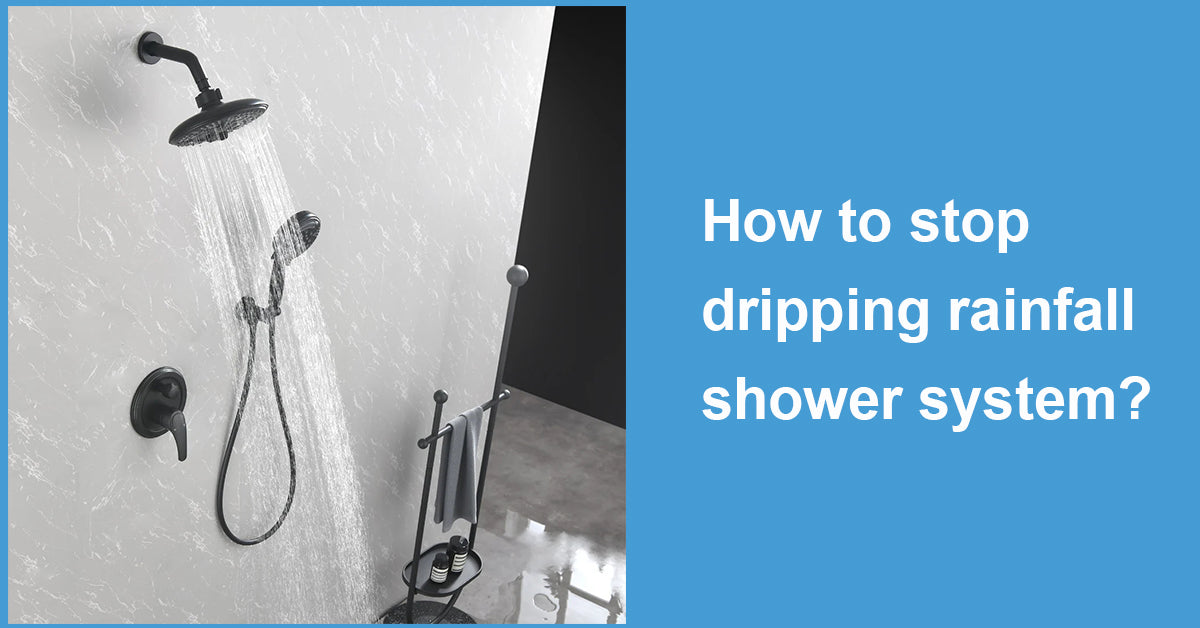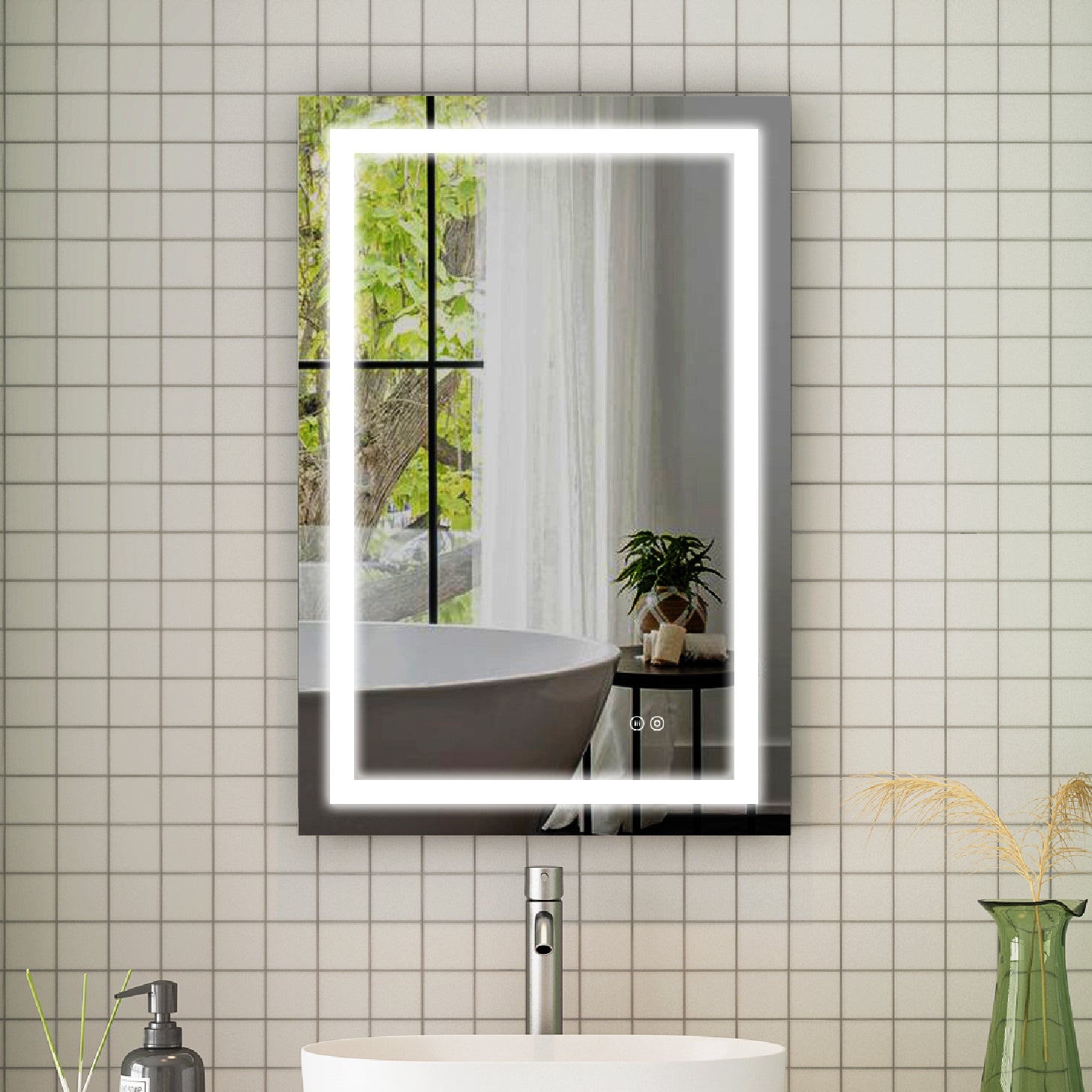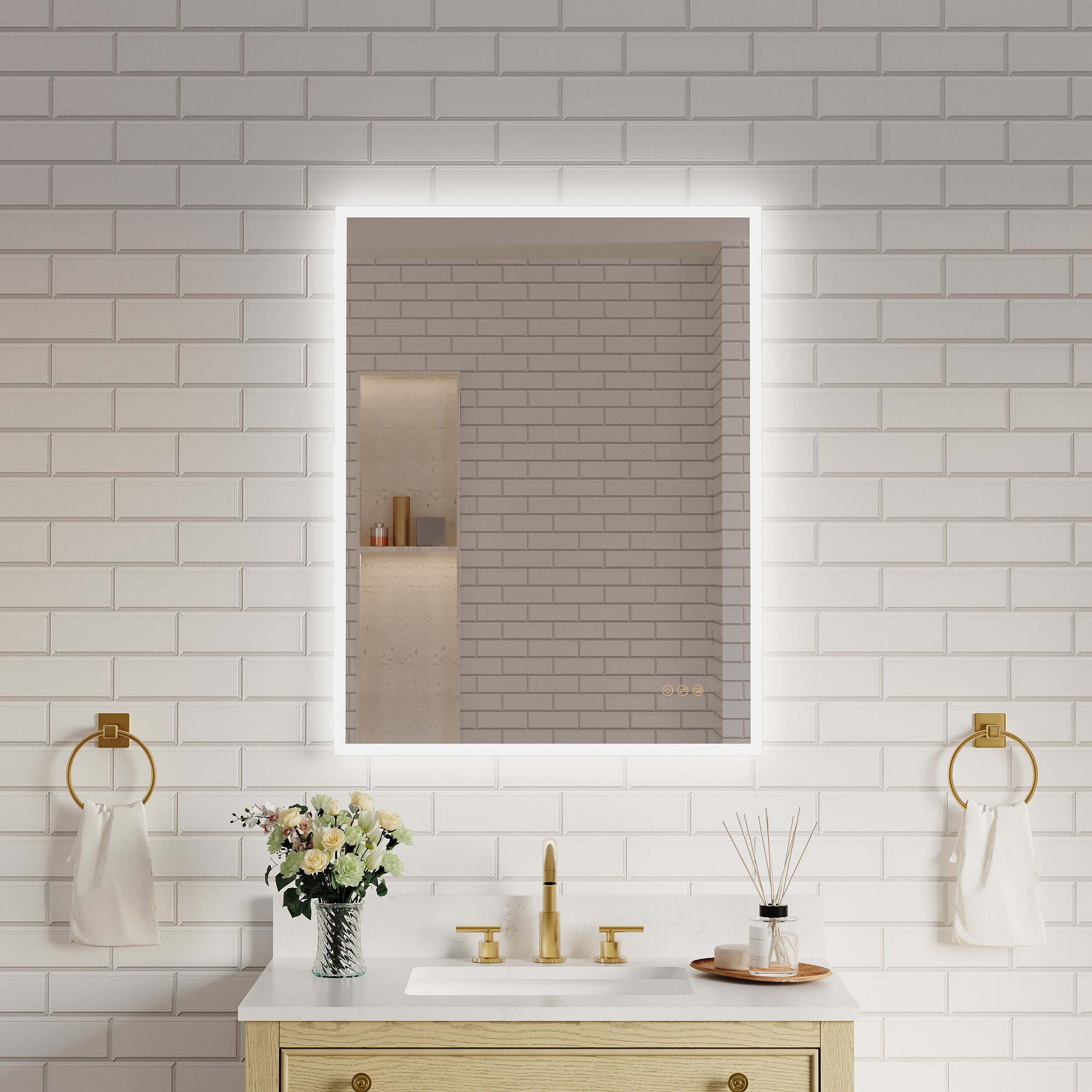Keeping your bathroom vanity cabinet in pristine condition is not only essential for aesthetic appeal but also for maintaining hygiene in one of the most frequently used areas of your home. Whether you've installed a sleek bathroom vanity cabinet for a vessel sink or you've chosen a bathroom vanity with a tall cabinet for extra storage, the approach to cleaning remains similar - thorough and regular maintenance. In this guide, we'll walk through the steps how to clean bathroom vanity cabinet, ensuring they look as good as new.
Understanding Your Vanity Cabinet Material
Before you dive into the cleaning process, it's crucial to know the material of your bathroom vanity cabinet. Different materials require unique care to avoid damage while cleaning. Here are a few common materials:
- Laminate: Durable and easy to clean with mild soap and water.
- Wood: Requires special wood cleaners to avoid damage.
- Thermofoil: Can be wiped down with a gentle cleaner, avoiding excessive moisture.
- Metal: Best cleaned with a soft cloth and suitable metal cleaner.
Knowing your material will help you choose the right cleaning agents and methods, ensuring the longevity of your vanity cabinet.
Daily Cleaning Tips
Wipe Down After Use
A daily wipe-down can prevent the buildup of dust, grime, and water spots. Use a soft, damp cloth to gently clean the surface of your vanity cabinet, especially after heavy use.
Avoid Harsh Chemicals
Harsh chemicals can damage the finish of your vanity cabinet. Instead, opt for mild soap or a homemade solution of water and vinegar for a natural clean.
Keep It Dry
Moisture is the enemy of most cabinet materials, especially wood. After cleaning, make sure to thoroughly dry your vanity cabinet with a soft, dry cloth.
Deep Cleaning Process
When it's time for a more thorough cleaning, here's how to tackle it:
Gather Your Supplies
You'll need:
- Soft cloths or sponges
- Mild detergent or specific cleaner for your cabinet material
- Soft-bristled brush for tougher stains
- Baking soda for stubborn grime
- Wood polish (if applicable)
- Protective gloves
Start with the Exterior
- Mix a small amount of mild detergent with warm water.
- Dip your cloth or sponge into the solution, wringing out excess liquid.
- Gently wipe the exterior surfaces of the cabinet, including doors and handles.
- For textured surfaces or detailed areas, use a soft-bristled brush to remove dirt from crevices.
- Rinse the cloth or sponge, and wipe the cabinet again with clean water to remove any soap residue.
- Dry the cabinet thoroughly with a clean, dry cloth.
Tackle the Interior
- Empty the cabinet completely to have full access to all surfaces.
- Follow the same steps as the exterior, taking care not to oversaturate any areas.
- If you encounter tougher stains, create a paste with baking soda and water and apply it to the stain. Let it sit for a few minutes before gently scrubbing and rinsing it off.
- Dry the interior thoroughly before replacing your items.
Don't Forget the Countertop
- Depending on the countertop material (granite, marble, laminate, etc.), use the appropriate cleaner.
- Wipe down the countertop with a soft cloth and the cleaner, paying close attention to areas around the sink.
- Rinse with clean water if necessary and dry completely to avoid watermarks.
Maintenance and Protection

Use Protective Liners
To protect the interior of your vanity cabinet, consider using shelf liners. They can prevent scratches and make future cleanings easier.
Address Spills Immediately
The longer a spill sits, the more likely it will stain or damage your cabinet. Clean spills as soon as they occur to prevent long-term issues.
Polish Wood Cabinets
If you have a wood vanity cabinet, occasional polishing can keep it looking rich and vibrant. Use a high-quality wood polish and follow the manufacturer's instructions for the best results.
Regularly Inspect for Mold and Mildew
In a bathroom environment, mold and mildew can be a common problem. Regularly inspect your vanity cabinet for any signs of growth and address it immediately with a mold and mildew cleaner.
Cleaning Bathroom Vanity Cabinets for Vessel Sinks
Vessel sinks can add a unique style to your bathroom, but they also require special attention when cleaning. Ensure you clean the base where the vessel sink meets the vanity top to prevent water damage and buildup. Use a soft cloth to clean around the sink and avoid abrasive materials that could scratch the surface.
Cleaning Bathroom Vanity with Tall Cabinets
Tall cabinets provide extra storage but can also collect more dust and debris. Make sure to reach the top of the cabinet and any higher shelves during your cleaning routine. A step stool and an extendable duster can be helpful tools for these hard-to-reach areas.
Takeaway
A clean bathroom vanity cabinet is vital for a tidy and hygienic bathroom. By understanding your cabinet's material, engaging in daily maintenance, and performing regular deep cleaning, you can ensure that your vanity remains in top condition. Don't forget to protect and maintain your cabinets between cleanings to extend their life and appearance. With these tips, your bathroom vanity cabinet will continue to serve as a functional and beautiful part of your bathroom décor for years to come.
Remember, the key to a well-maintained bathroom vanity cabinet is consistency in your cleaning routine. By following these steps, you can enjoy a sparkling clean bathroom vanity that looks as inviting as it is functional.
















Leave a comment
This site is protected by hCaptcha and the hCaptcha Privacy Policy and Terms of Service apply.